An intellectual property (IP) audit is a systematic review of a company’s IP assets and related processes, including patents, trade marks, designs, copyright, and trade secrets. Conducting an IP audit will help the company understand its IP portfolio, identify potential risks and opportunities, and develop an effective IP strategy.
All companies should be aware of the IP generated, held and used in their business and consider conducting a comprehensive audit of their IP assets. This is particularly important at the start of a company’s lifecycle so that the company is well positioned for growth and investment opportunities.
Here are our key components to include in any IP audit of a company:
Inventory of IP assets
Compile a comprehensive list of the company’s IP assets, including patents, trade marks, designs, copyright, trade secrets, domain names, software, and any other proprietary technology or creative works. Verify the ownership of each IP asset and ensure that the company has appropriate rights and permissions to use its IP assets. Check if there are any licensing agreements or contracts related to the IP. Determine which IP assets are registered and which are unregistered. For registered IP (e.g. patents, trade marks, and designs), review the registration status, renewal dates, and any necessary maintenance actions.
Review of documentation
Review employment and contractor agreements to ensure they contain appropriate IP assignment clauses so that the company owns the IP developed by its employees and contractors. Evaluate the measures in place to protect trade secrets and confidential information, such as non-disclosure agreements and access controls. Review any existing licensing agreements in respect of IP to understand the scope of permitted usage and royalty arrangements.
Infringement analysis
Identify potential instances of IP infringement by or against the company and assess the risks associated with each case. Evaluate the company’s current IP strategy and assess whether it aligns with the company’s goals and objectives. Analyse competitor IP portfolios to identify potential threats or opportunities for collaboration.
IP management and record keeping
Review the company’s existing IP policies and procedures to ensure they are up-to-date and effectively implemented. Assess the company’s systems for managing and tracking its IP assets to ensure accurate records are kept. Check the status and ownership of domain names relevant to the company’s business. Identify and review any use of open-source software to ensure compliance with licenses and avoid potential IP conflicts. Assess the protection and enforcement of the company’s brand and trade marks.
Risk assessment
Conduct a risk assessment to identify potential areas of IP vulnerability and exposure. If the company operates internationally, review the status of IP protection in various jurisdictions.
Following an IP audit, the company can use the findings of the audit to formulate an improved IP strategy, address any weaknesses, and better protect and leverage its valuable IP assets. It is important to involve qualified IP professionals during the audit process to ensure accuracy and compliance with IP laws and regulations. Ultimately, any findings of the audit will help companies avoid accumulating “IP debt” and position themselves favourably when seeking investment.




